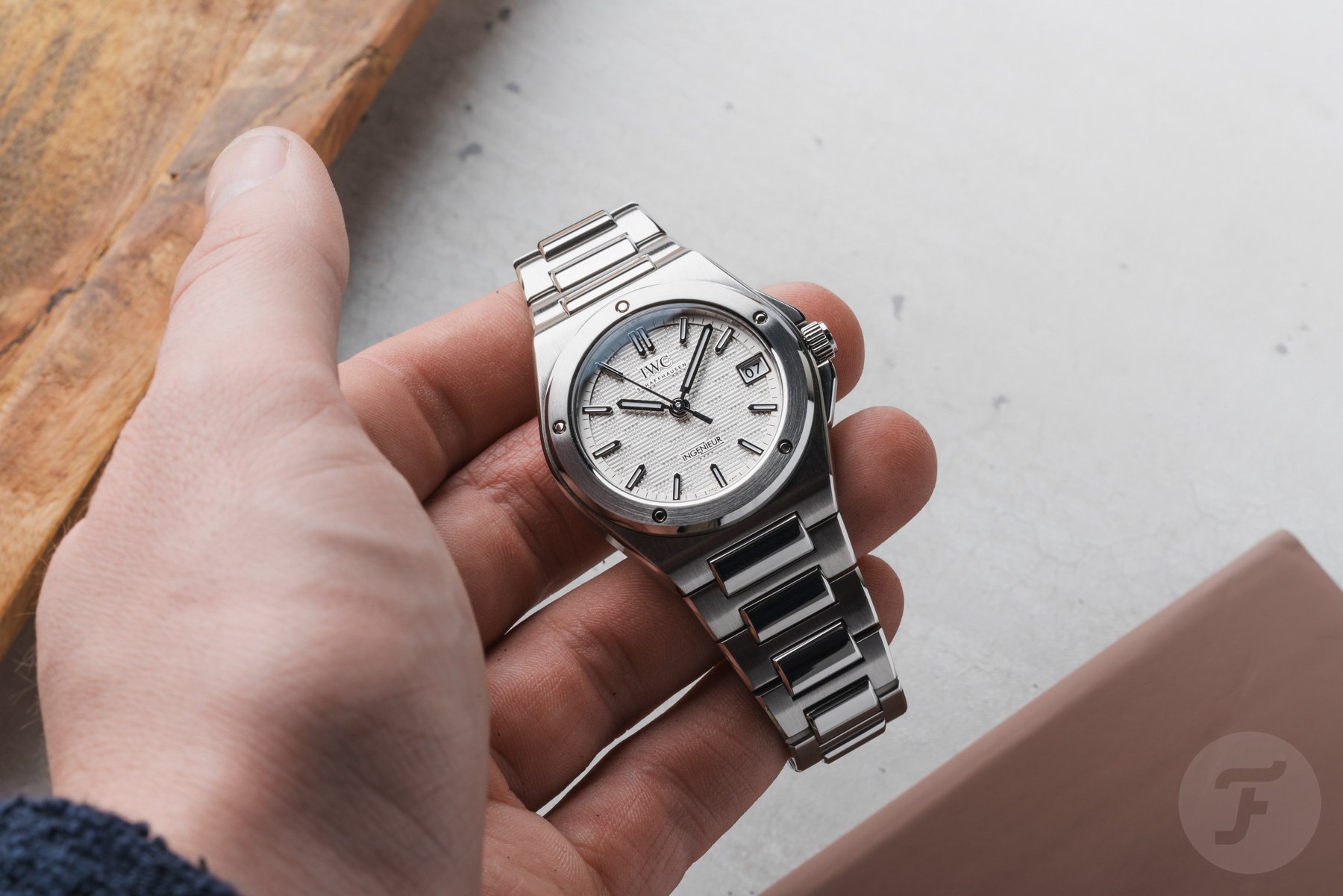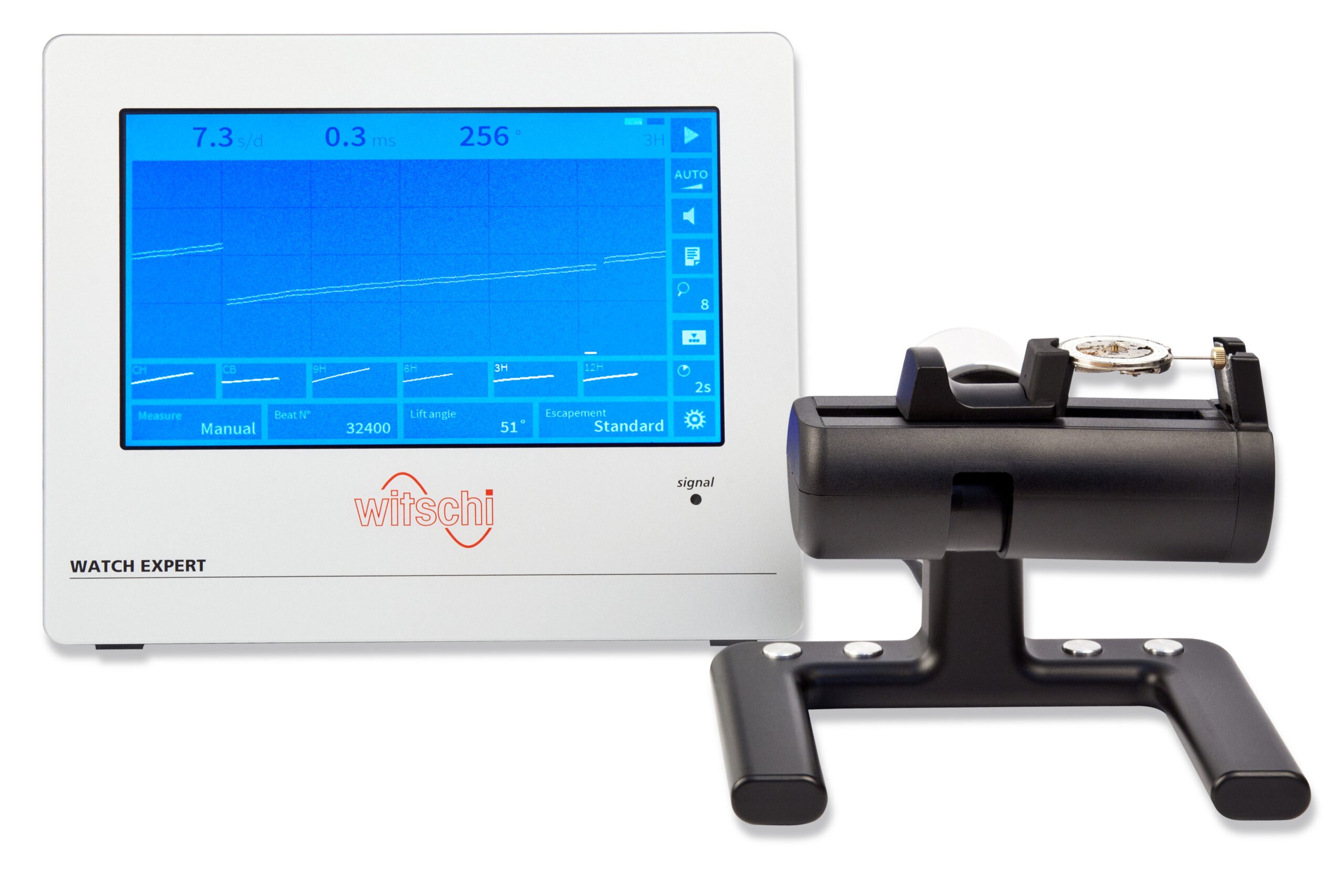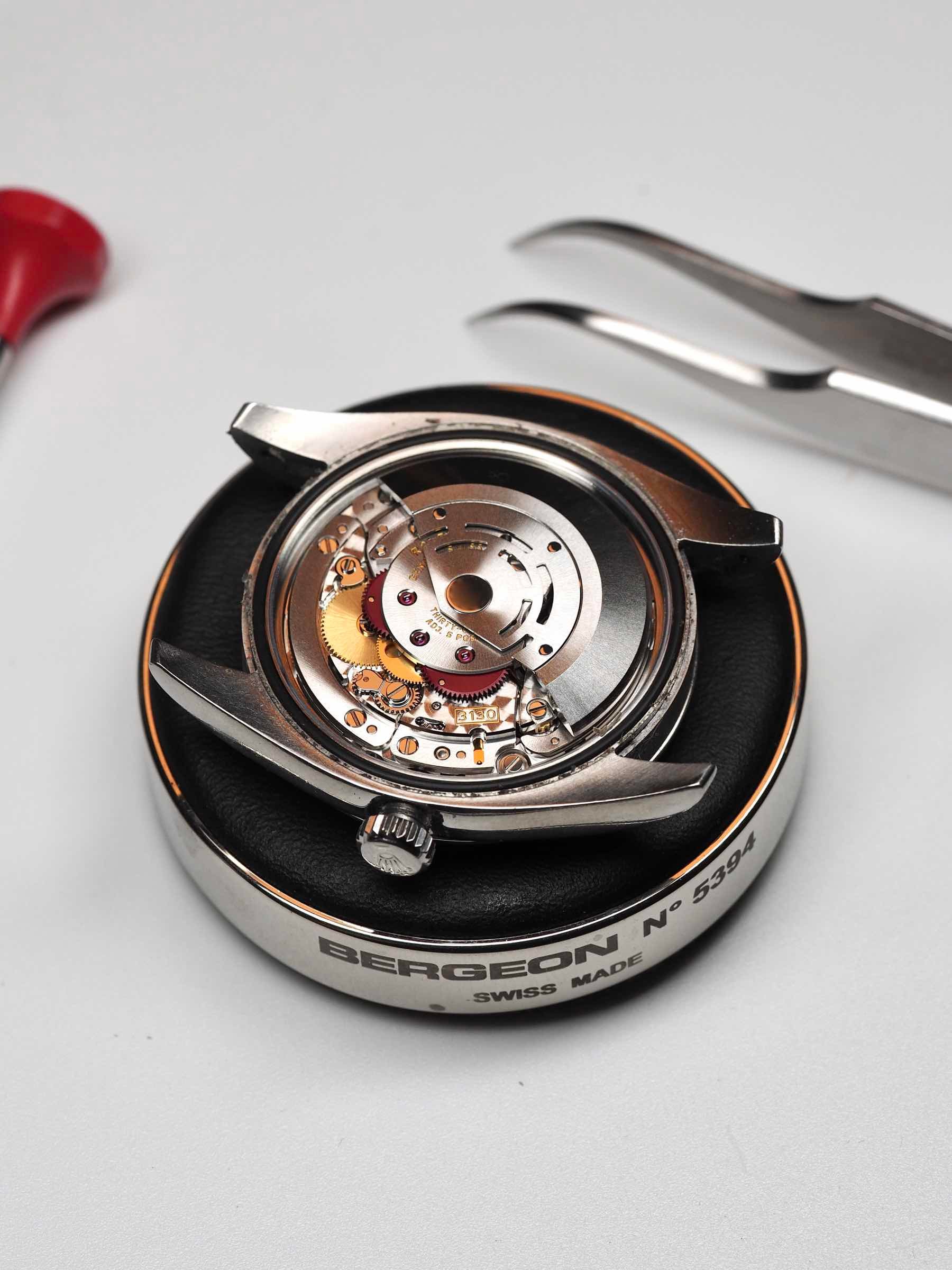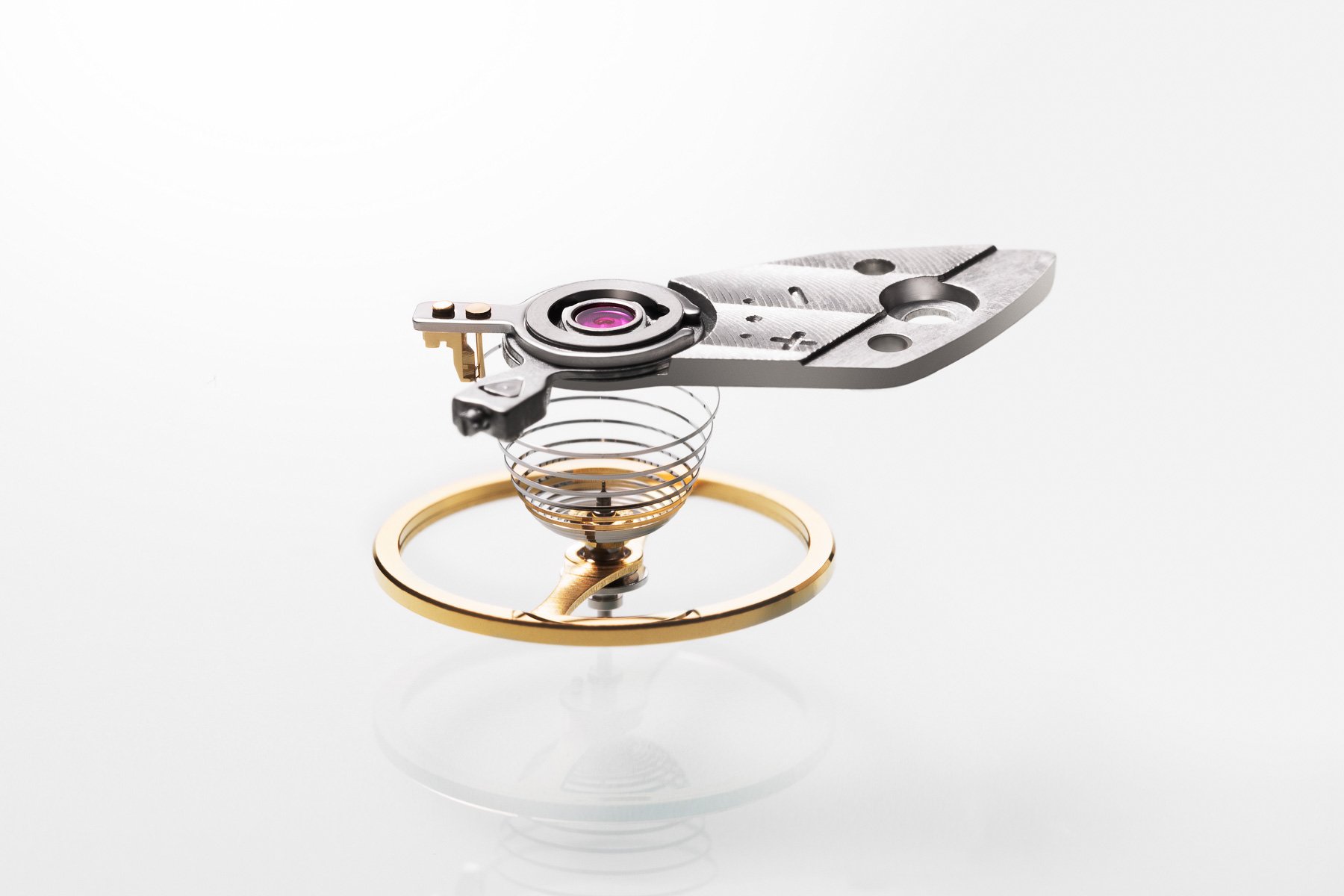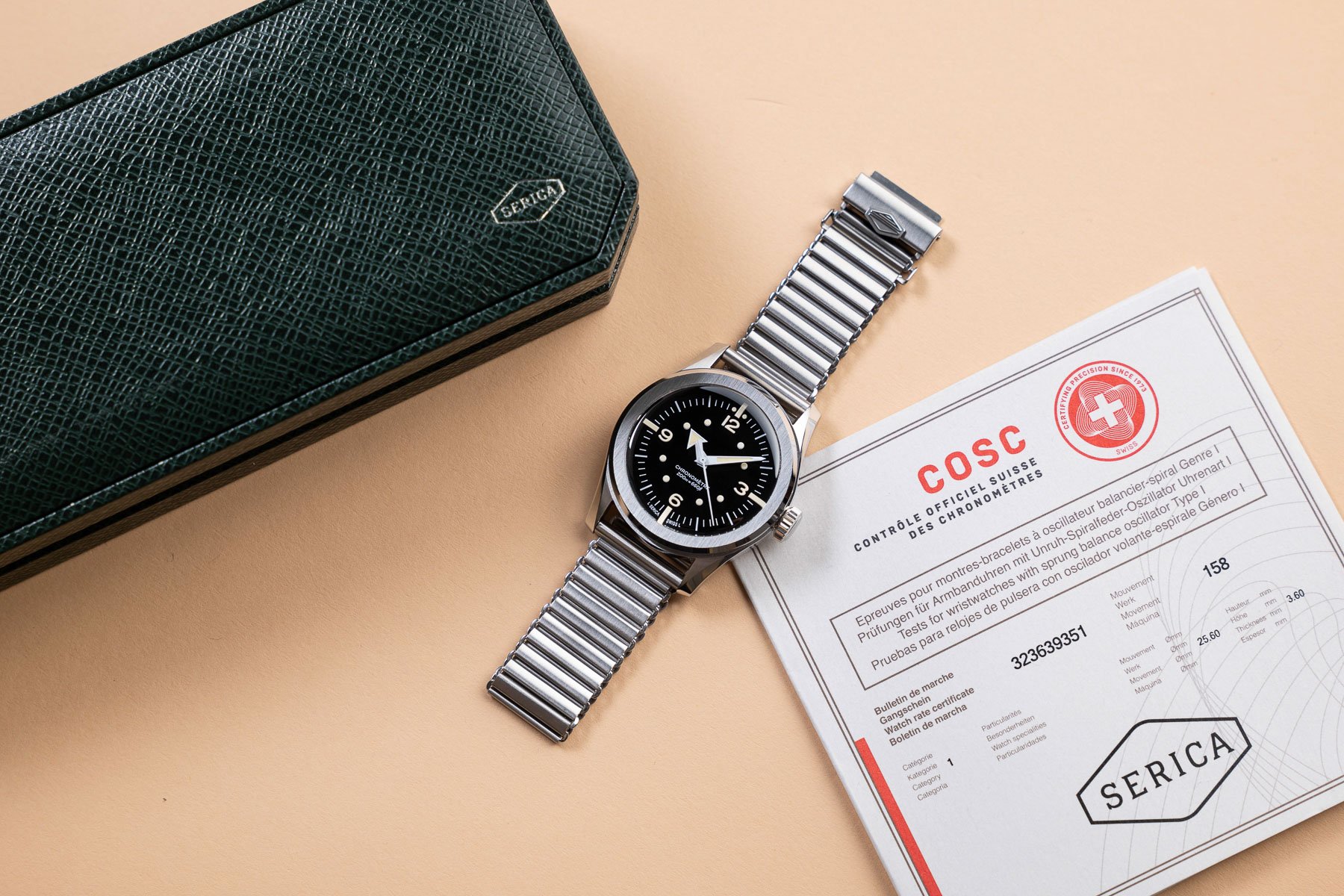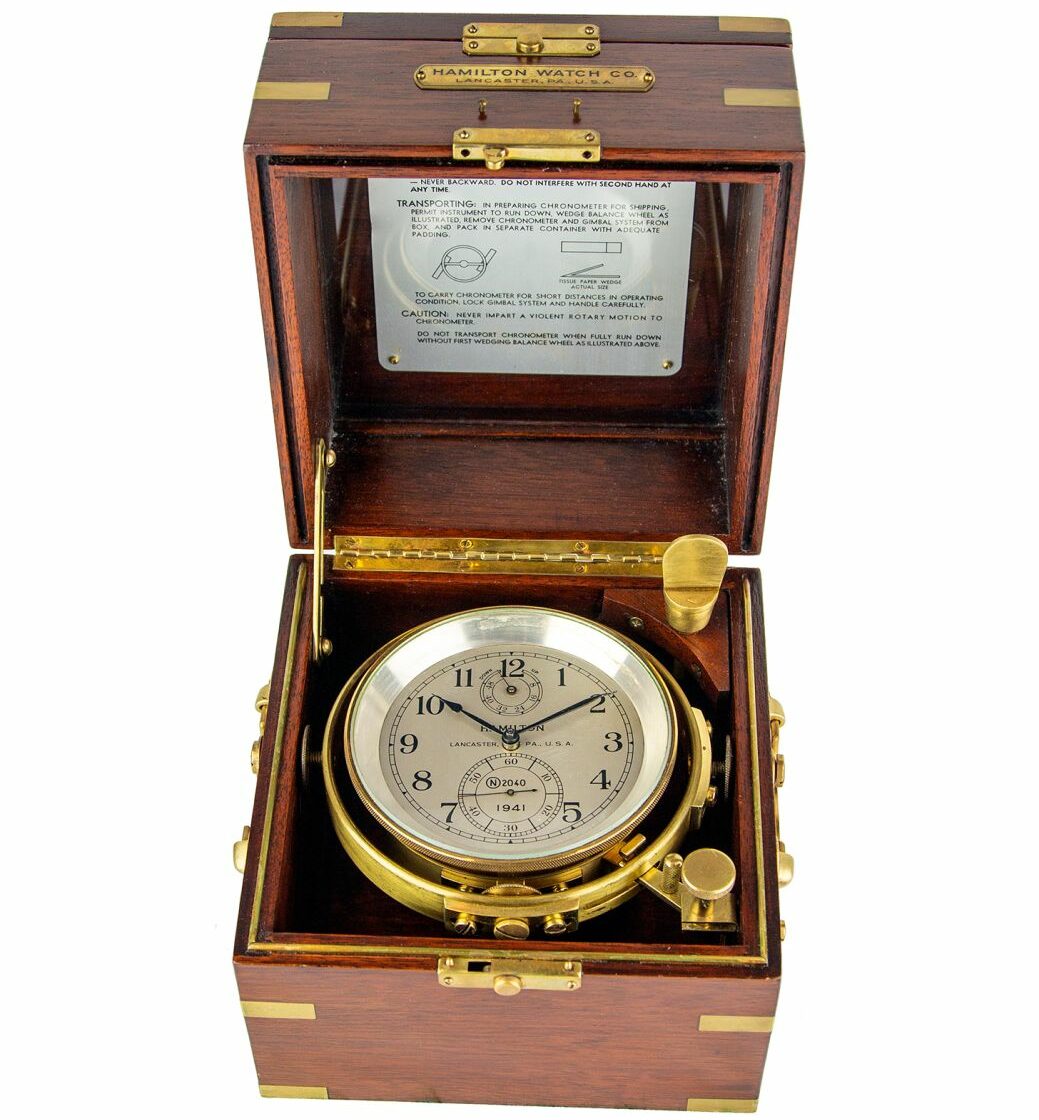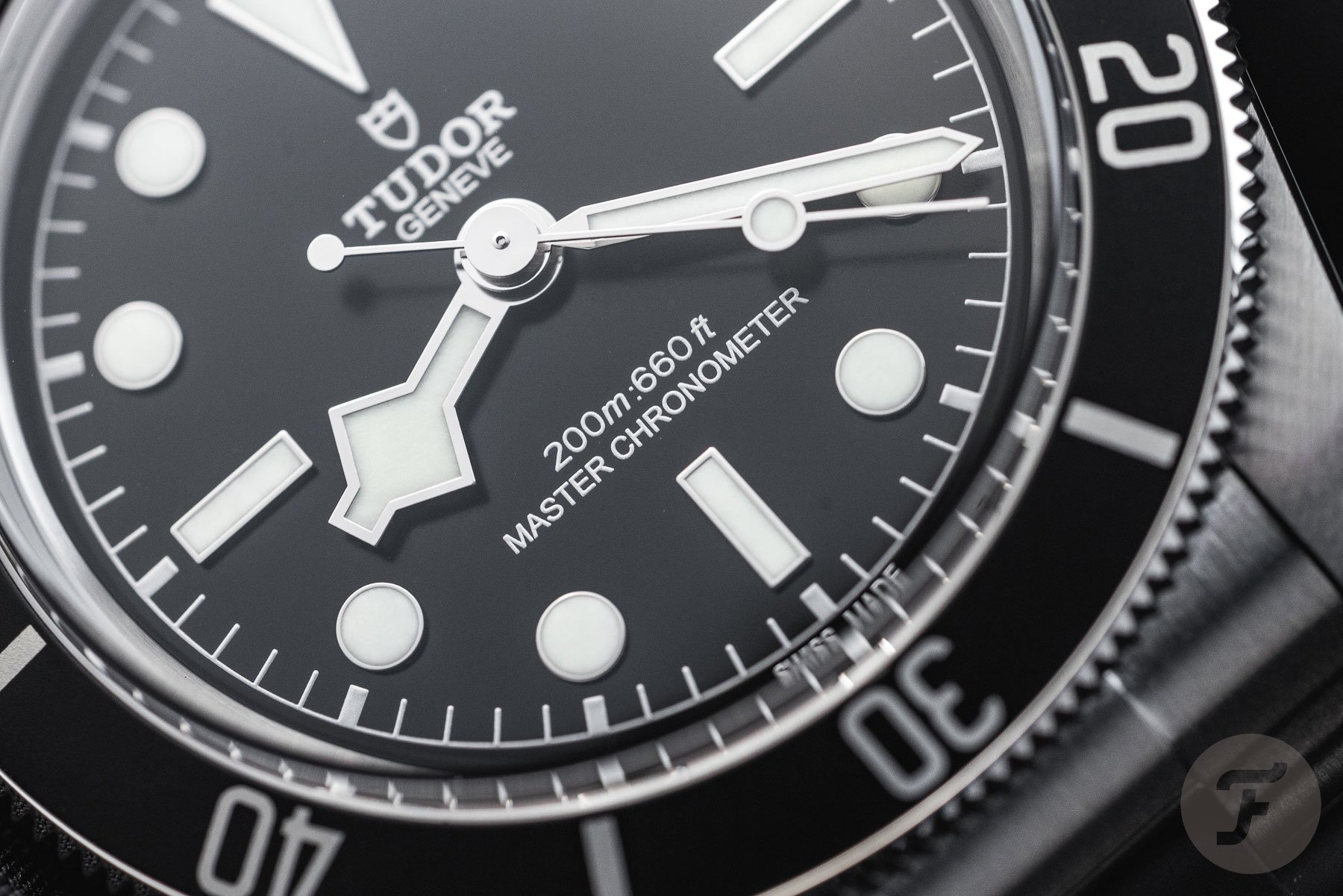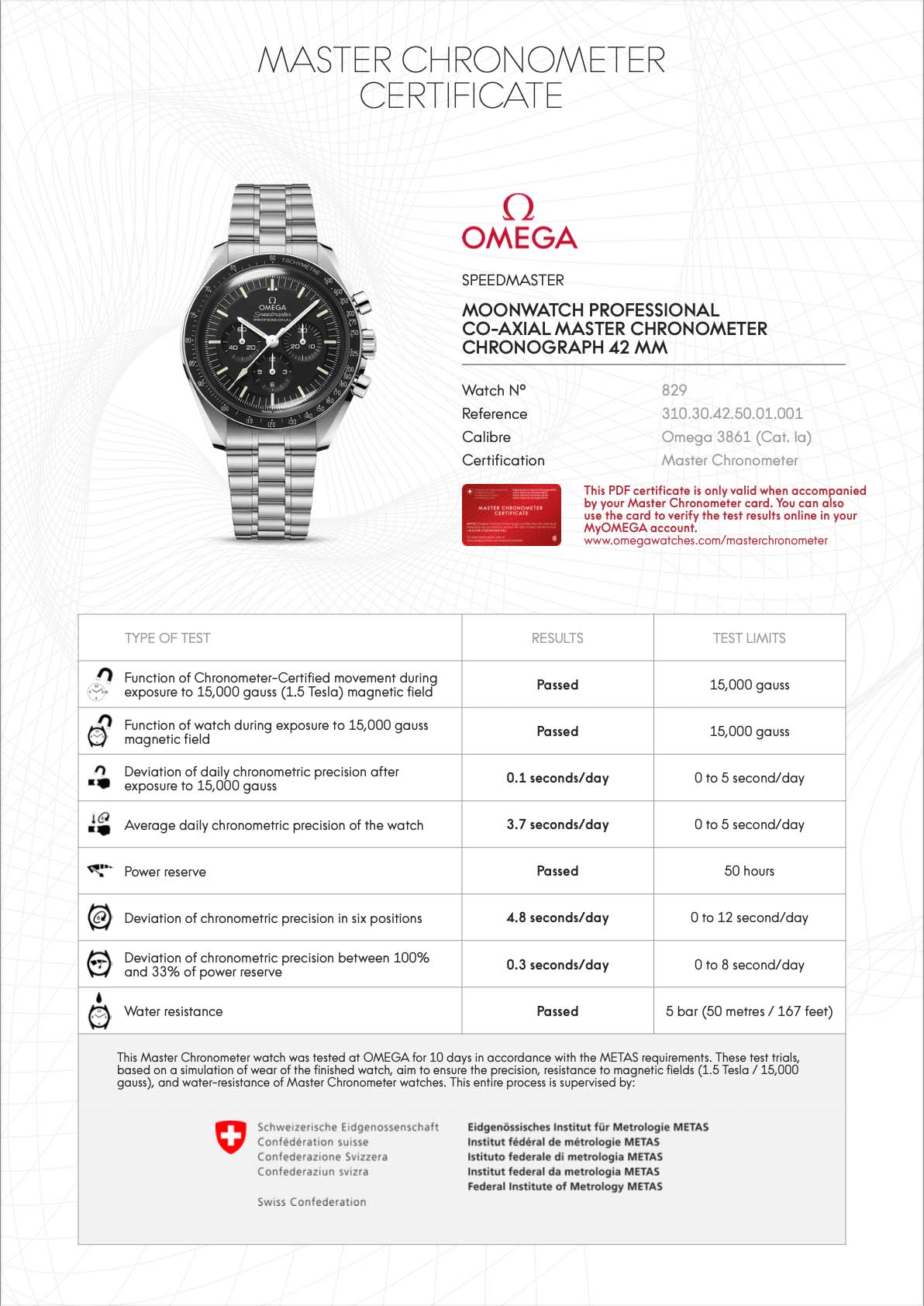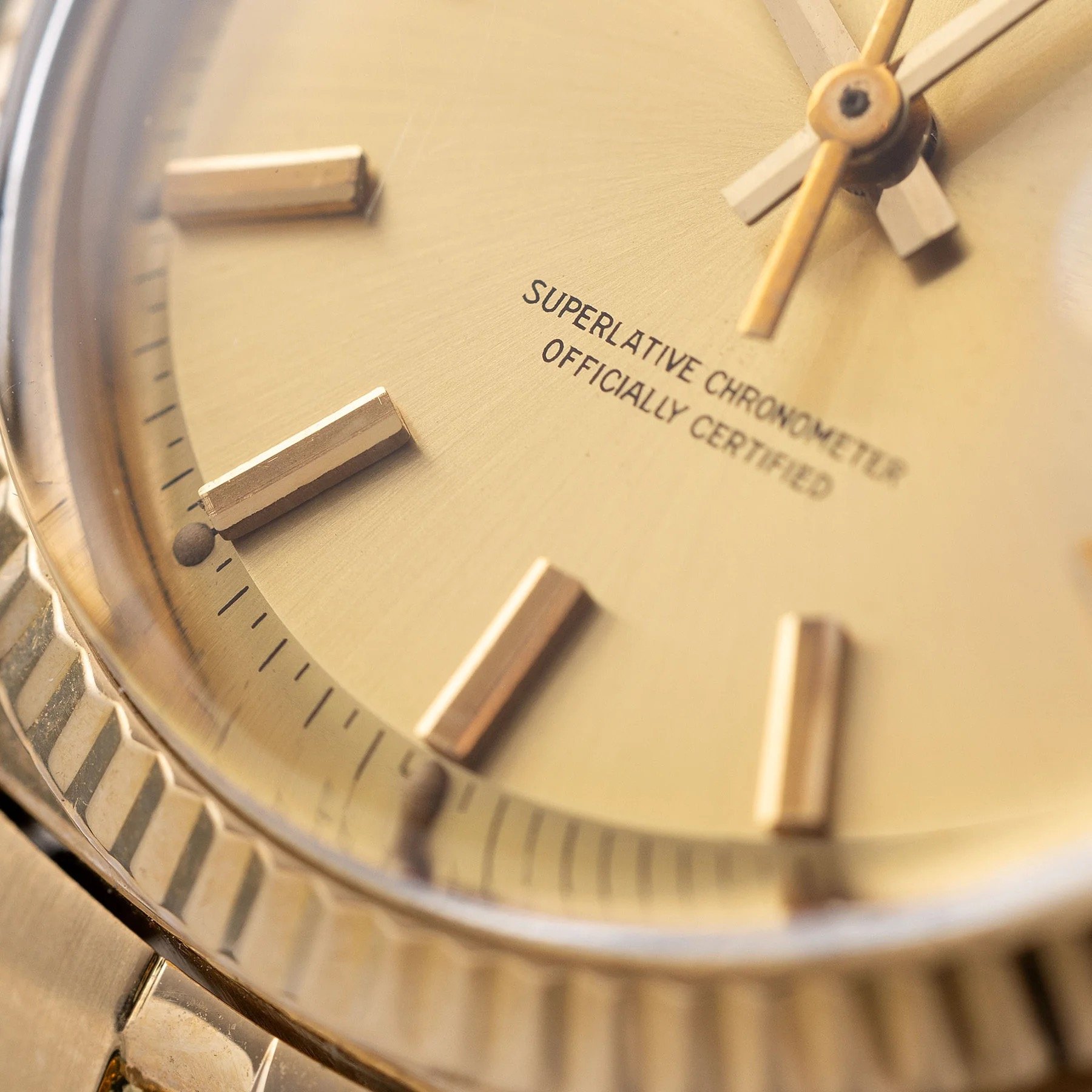Back To Basics: Accuracy And Certification In Watches
We’re back with another installment of Back to Basics, our series aimed at newcomers to our lovely shared hobby. This time, we explore the world of accuracy in luxury mechanical wristwatches. So, if you are considering buying your first “real” watch, this is all you need to know about precision timekeeping and certification.
Of course, our seasoned readers are still welcome to read on and share their thoughts in the comments section below. Let’s try to make this page as useful as possible to budding watch enthusiasts together.
Why luxury watches are less accurate than you might have expected
“Those watches cost €10,000, but they’re less accurate than your average €10 supermarket wristwatch!” Critics of the luxury industry love to dish up this argument, and it sounds compelling, doesn’t it? We’re all just crazy, and we let the luxury industry pull a fast one at our expense.
Well, not really. Quartz and digital technology enable timekeeping at a much greater level of accuracy nowadays compared to mechanical timekeeping. Still, it is like saying a manual espresso machine is outdated now that you can have your coffee 15 times faster with pods. Some people simply prefer the more mindful, controllable process of dialing in a morning cup of espresso by hand. They are probably willing to pay a lot more for it as well. You simply cannot reduce a product’s value to its performance on a single metric with subjective relevance.
Mechanical wristwatches are much the same. You sacrifice accuracy for the experience of purely mechanical timekeeping. One of the benefits, for instance, is virtually infinite serviceability, turning your trusty watch into something lasting. This comes at the expense of physical limitations. A mechanical wristwatch can be accurate to around a second per day, in extreme cases. Most run within 4 to 20 seconds per day, depending on several aspects we’ll get into later. While this has barely any practical implications for you, the wearer, day to day, it is orders of magnitude less precise than quartz and digital watches can be. This is a trade-off. Besides the romantic appeal of a mechanical movement, you can argue that it is more reliable. After all, you will never be surprised by a dead battery that renders your watch useless.
A mechanical watch’s accuracy is fleeting
It is good to realize that a mechanical watch’s accuracy is dynamic. For starters, it is influenced by environmental factors, such as temperature. The watch’s orientation also affects its accuracy as gravity pulls on the balance from different angles.
Also, a mechanical watch movement is only as accurate as its regulation. The chronometric performance can usually be adjusted in various ways, which your watchmaker will do during a service. Over time, due to wear, deterioration of lubricants, and possible accumulation of dirt, the watch will become less accurate. A shock, magnetic field, or other outside influence, such as a varying climate, can speed up that process.
In short, a watch movement isn’t intrinsically accurate. It merely has a potential for accuracy, which is to be realized by regulation, proper use, care, servicing, and a great deal of luck. Your watch may run at +3 seconds per day when freshly serviced but at -7 seconds per day a year later.
What determines a watch’s potential accuracy
Several technical aspects determine a watch’s potential for accuracy. I once considered using a modern version of the old Peseux 7001 ultra-thin movement for my debut VPC watch. However, I wanted it to run within COSC standards (-4/+6 seconds per day — more on that later). The movement has a very small balance wheel, and we found that its inertia prohibits it from being very accurately regulated. It couldn’t be done reliably enough to consistently pass the required tests. Does that make it a lesser movement? Well, only on this one metric of potential accuracy.
Generally, movements with higher beat rates can be regulated more precisely. This is because you’re technically tracking time at a finer resolution. So, is a higher beat rate better? Well, it depends. The downside is that it shortens a watch’s power reserve and increases wear. This is why Swatch Group’s Powermatic 80 caliber has a reduced beat rate. It sacrifices accuracy for an 80-hour power reserve and less wear on the moving parts. It is a matter of priorities.
Certifying a watch’s accuracy
Precision timekeeping became significantly more important when people started sailing around the globe. A so-called “chronometer” was used for navigation. The more accurate your chronometer, the more precisely you knew where you were going. Early marine chronometers were kept in shockproof boxes, and only ships’ navigators were allowed to operate them. Imagine forgetting to wind it; you would instantly be lost at sea and condemned to celestial navigation.
From this need for accuracy came the practice of chronometer certification. Watchmakers also used independent certifying bodies to battle each other on accuracy. The most famous is probably Contrôle Officiel Suisse des Chronomètres, better known as COSC. COSC tests each movement for 15 days in five positions and at three temperatures. The average accuracy must run between -4 and +6 seconds per day. If a movement passes, it can be labeled a chronometer.
Some manufacturers go even further and add more stringent tests. This is why Rolex watches, with a daily accuracy of ±2 seconds, read “Superlative Chronometer” on the dial. METAS is another testing body with extra tests for even stricter performance certification. Simply put, chronometer certification is an added value that comes at an extra cost. Therefore, you will usually find it on more expensive watches.
In summary
There you have it — the very basics of mechanical wristwatch accuracy and certification. As you hopefully grasped, accuracy is one of many specifications that require careful balancing. It is also fleeting. Some watch brands decide to sacrifice accuracy for a longer power reserve and/or reduced wear. Others prioritize accuracy over all else, striving for the greatest possible precision in timekeeping.
Of course, a wristwatch’s primary function is to tell time. What use is a watch if you cannot rely on it? Therefore, accuracy is a key performance factor, but it isn’t the final word on a watch’s quality. While some manufacturers prioritize it, going so far as to get external bodies to certify their chronometric performance, others simply don’t. You have to realize that many non-chronometer movements can be regulated to within chronometer specs. That is to say that there is no mechanical, intrinsic difference between a highly accurate movement and a not-so-accurate alternative. In this sense, we should always speak of a movement’s potential for accuracy, as this is what truly varies between movements.
To what extent accuracy matters is personal. Only you can decide what you need and want in terms of chronometric performance.
If you have any other insights on accuracy and certification that you think might be useful to newcomers to our shared hobby, please share them in the comments below!

